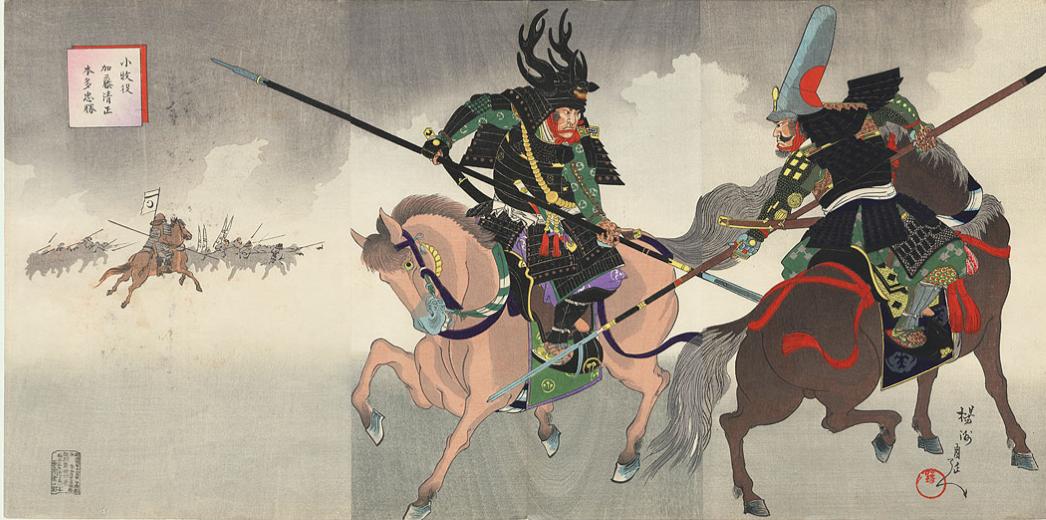Monogatari: The Art of Storytelling in Japanese Woodblock Prints
28 January 2022 - 15 May 2022
An exhibition, created in partnership with the National Museum of Japanese History, exploring how images of famous tales of samurai, travellers and heroes during the 18th and 19th centuries in Japan inspired art created during the real-life conflicts at the end of the 19th century and early 20th century.
Monogatari are a traditional form of Japanese literature. Some are stories of romance and fantastical events, others are tales of intrigue or war, often drawing on historical events. The most famous example is Genji Monogatari, the Tale of Genji. Over time, monogatari were replaced by other forms of novel and serialised storytelling but the Japanese love of epic tales never faded.
The art of woodblock printing has been in use in Japan since the 8th century CE but during the peace and prosperity of the Edo Period (1603-1867 CE), the art form flourished.
Ukiyo-e, the ‘picture(s) of the floating world’ made during this period, transformed the use of woodblock print art from its focus on religious texts and images to popular art featuring beautiful women, famous actors, travel scenes, landscapes and celebrated tales. Epic stories of romance, intrigue, family, honour and war were recreated in prints, giving them new life.
As Japan opened up to the West in the latter half of the 19th century, the same artistic techniques were applied to new topics, including major real-life events such as the Sino-Japanese War (1894-95) and Russo-Japanese War (1904-1905).
This exhibition draws on the JP Scott Collection, donated to the Oriental Museum in 2019. It highlights Japanese stories, real and fictional, and how they were told through the art of woodblock printing.
 Image caption: Detail from The Battle of Komaki: Kato Kiyomasa and Honda Tadakatsu by Yōshū Chikanobu, 1899 CE.
Image caption: Detail from The Battle of Komaki: Kato Kiyomasa and Honda Tadakatsu by Yōshū Chikanobu, 1899 CE.


/prod01/channel_4/things-to-do/media/things-to-do/oriental-museum/88326-2000X665.jpg)